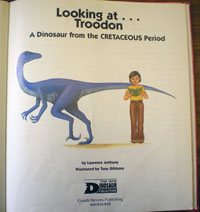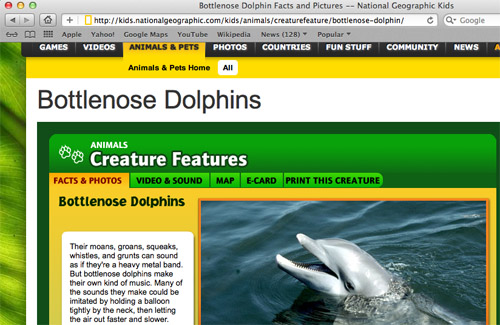3.15 Bibliography
| Site: | Cowichan Valley School District - Moodle |
| Course: | ELA5, CSS, Sferrazza |
| Book: | 3.15 Bibliography |
| Printed by: | Guest user |
| Date: | Sunday, 4 January 2026, 11:35 PM |
Learning Targets
By the end of this lesson, you should be able to say YES to the following questions.
- Can I use writing and design processes to plan, develop, and create texts for a variety of purposes and audiences?
- Can I recognize an increasing range of text structures and how they contribute to meaning?

Introduction
You have already recorded reference information from the sources you used in your note-taking templates. For your submitted biography, you need to includes thing like the names of the author(s), publisher, year of publication, and the URL (website address) if information was from a website.
In today’s assignment you will convert these notes into a formal bibliography. This will be the final section of your biography.
Examples
Bibliography entries appear alphabetically. This is usually done by the last names of the author(s), editor(s), translator(s), etc. If no names are provided then the first word of the title is used.
Examples:
Here are some examples of different types of bibliography entries.
Books
- Jones, Ray. Talking About Statistics. New York: Harper Collins, 1983
- Dal, Michael, and Louise Lui. Galileo. New York: Harper Collins, 1999.
- Brown, Mary, ed. The History of Canada. Toronto: Key Porter Books, 1999.
Creating a Bibliography Entry - Book
There are many different ways to include a reference source in a bibliography. Here is one suggested way.
When looking at the following bibilography entry for a book, notice the commas, periods, and order of information. It should be:
Most of the information can be found on the first few pages of the book.
Below is an image of the inside cover of a book published in 1997. Click on the image for a larger version.

b. Anthony, Laurence. Looking at ...Troodon. Gareth Stevens Publishing. 1997.
c. Laurence Anthony. Looking at ...Troodon. Gareth Stevens Publishing. 1997.
d. Looking at ...Troodon. Anthony, Laurence. Gareth Stevens Publishing. 1997.
Do you know why that one is the correct one?
Creating a Bibliography Entry - Webpage
Web Pages also need to be included in your bibliography. You need to include web pages that you used information from. If you only looked at the web page, you don't need to include it.
Here's what you need to include, in this order
2. Author of web page. If there is no author, you can leave this part out.
3. The exact URL of the page you visited, such as http://www.online.com.
4. The date you accessed the information.
Here's a screen shot from a web page. What information do you think you need to include?

The title of the page is at the very top. Also at the top you'll find the web address (URL). There does not seem to be any indication of who the author might have been.
Which of the following would be the correct way to include this in your bibliography?
a. BottleNose Dolphins, National Geographic; accessed today's date
b. National Geographic Bottlenose Dolphins, https://kids.nationalgeographic.com/kids/animals/creaturefeature/bottlenose-dolphin/
c. https://kids.nationalgeographic.com/kids/animals/creaturefeature/bottlenose-dolphin/; accessed today's date
d. Bottlenose Dolphins Facts and Pictures - National Geographic Kids; https://kids.nationalgeographic.com/kids/animals/creaturefeature/bottlenose-dolphin/; accessed today's date.
Do you know why that one is the correct one?
Put It Together
Take the information from your sources and create a formal bibliography.
- Give it a title: "Bibliography".
- Put your entries in alphabetical order based on the first letter of each entry.
- Refer back to your lesson for the correct bibliography format if you need to.
Attach your bibliography to the end of your biography when you are finished. It is the final section of this project.